Ground shipping is currently paused. Local deliveries throughout Long Island will continue as usual. Pre-orders for fall are now open. Non-local orders will begin shipping again in early September. Click here to learn more.
Ground shipping is currently paused. Local deliveries throughout Long Island will continue as usual. Pre-orders for fall are now open. Non-local orders will begin shipping again in early September. Click here to learn more.
| Size | |
|---|---|
| Common Name | |
| Type | |
| Family | |
| Native? | |
| Zone | 6, 7 |
| Height Range (ft.) | 3.00 to 4.00 |
| Spread (ft.) | 2.00 to 3.00 |
| Bloom Time | |
| Bloom Description | Blue |
| Sun | |
| Water | |
| Maintenance | |
| Suggested Use | |
| Tolerate | |
| Flower | |
| Leaf | Colorful |
| Other | |
| Growth Rate | |
| Attracts |
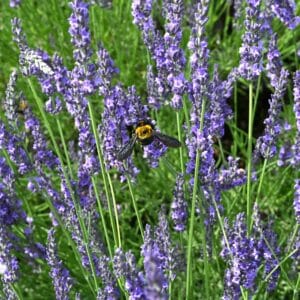
Panicum amarum, or Bitter Panic Grass, is a coastal native grass with upright blue-green foliage, excellent for erosion control and dune restoration.
$12.99 – $149.99Price range: $12.99 through $149.99
Please note: Sizes 1.5 Gallon and up can’t be shipped outside the counties of Nassau, Suffolk, and Queens.
Learn more about how the process works and how our plants are delivered.
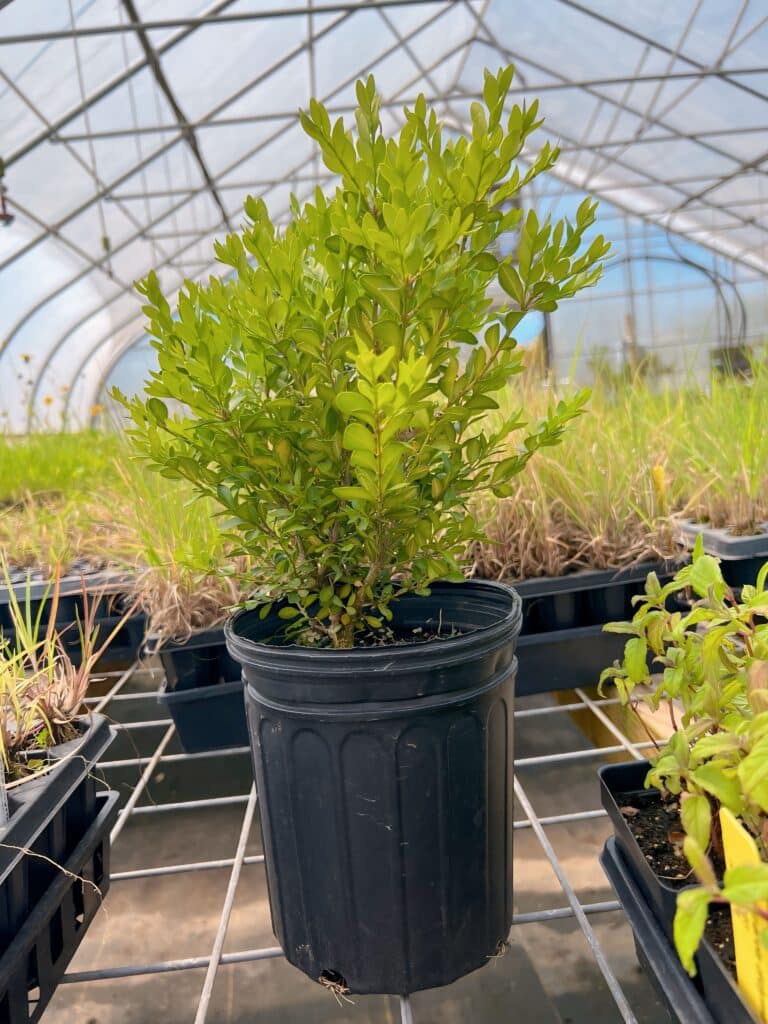
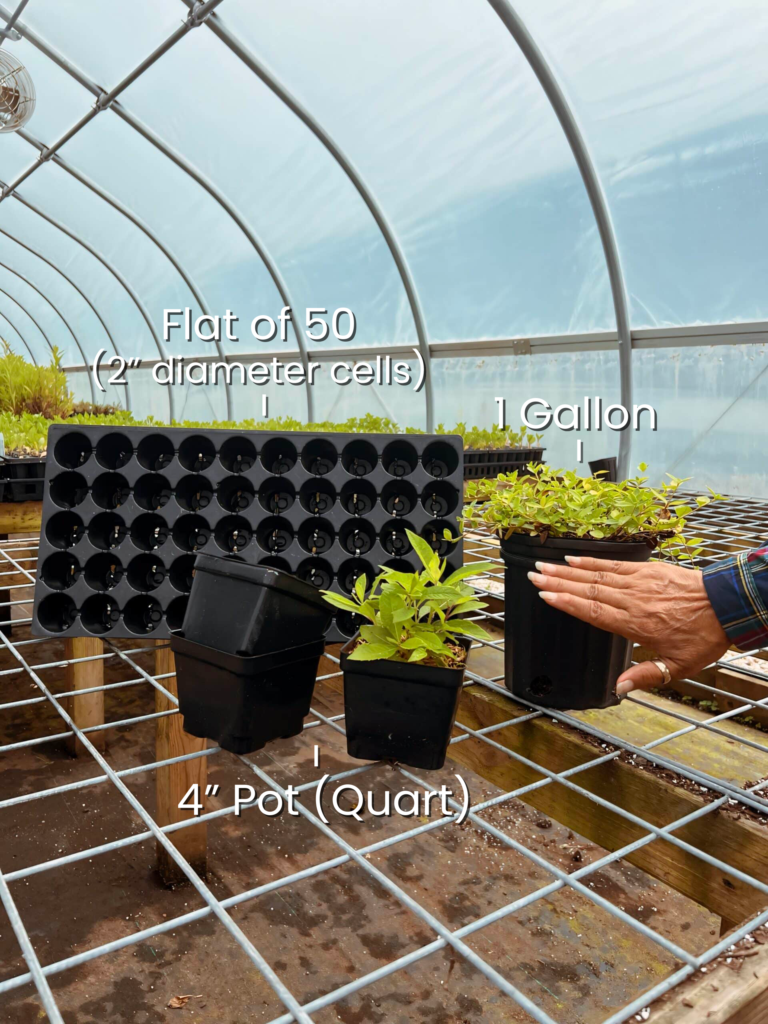
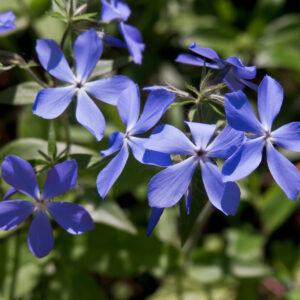
Ground shipping is paused due to summer heat. Only local delivery (Long Island & Queens) is available. Orders placed during the pause will begin processing September 1, and ground shipping will resume September 15.
| Size | |
|---|---|
| Common Name | |
| Type | |
| Family | |
| Native? | |
| Zone | 6, 7 |
| Height Range (ft.) | 3.00 to 4.00 |
| Spread (ft.) | 2.00 to 3.00 |
| Bloom Time | |
| Bloom Description | Blue |
| Sun | |
| Water | |
| Maintenance | |
| Suggested Use | |
| Tolerate | |
| Flower | |
| Leaf | Colorful |
| Other | |
| Growth Rate | |
| Attracts |
Panicum amarum, commonly known as Bitter Panic Grass, is a robust, warm-season native grass well-adapted to sandy, coastal environments. It grows 3 to 6 feet tall with narrow blue-green foliage and airy, upright flowering spikes that appear in late summer. Its deep root system makes it exceptionally valuable for erosion control, dune stabilization, and habitat restoration along shorelines and sandy soils. Bitter Panic Grass is also salt-tolerant and drought-resistant, making it a resilient, low-maintenance choice for naturalistic landscapes, coastal gardens, and conservation plantings.
Coastal native: Thrives in sandy soils and salt spray conditions
Erosion control: Deep roots help stabilize dunes, slopes, and loose soils
Seasonal interest: Upright foliage and airy seed heads add movement and texture
Sun exposure: Requires full sun
Soil needs: Prefers sandy, well-drained soils; highly tolerant of poor fertility
Maintenance: Very low-maintenance; cut back in late winter to encourage fresh growth
Coastal landscapes: Ideal for beachfront plantings and dune stabilization
Native meadows: Provides texture, height, and habitat in restoration projects
Wildlife gardens: Seeds attract birds; dense clumps offer cover for small animals
Native species: Supports native pollinators and coastal biodiversity
Wildlife habitat: Provides food and shelter for birds and insects
Sustainable landscape solution: Thrives in harsh conditions with minimal input
/5
Total reviews
|
|
Persons recommended this product
Anonymous
Shopper
check_circle Verified
Shop owner replied
Was this helpful
Anonymous
Shopper
check_circle Verified
Shop owner replied
Was this helpful
There are no reviews yet.
Be the first to review “ ”
Your feedback helps us improve our service.
Please log in to submit a review.
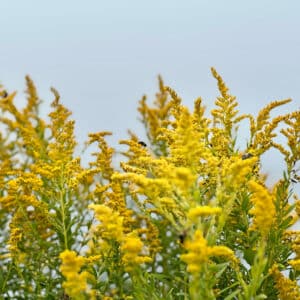
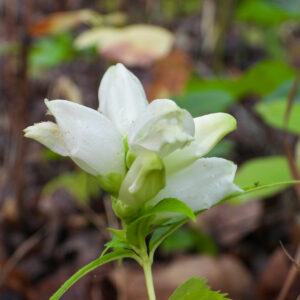

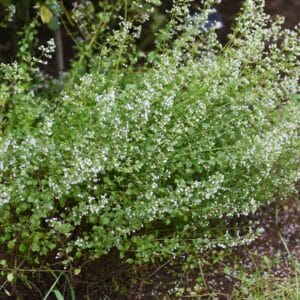
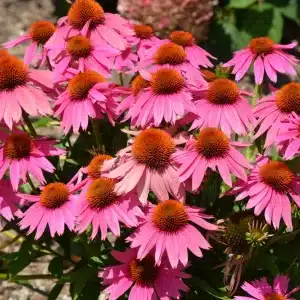

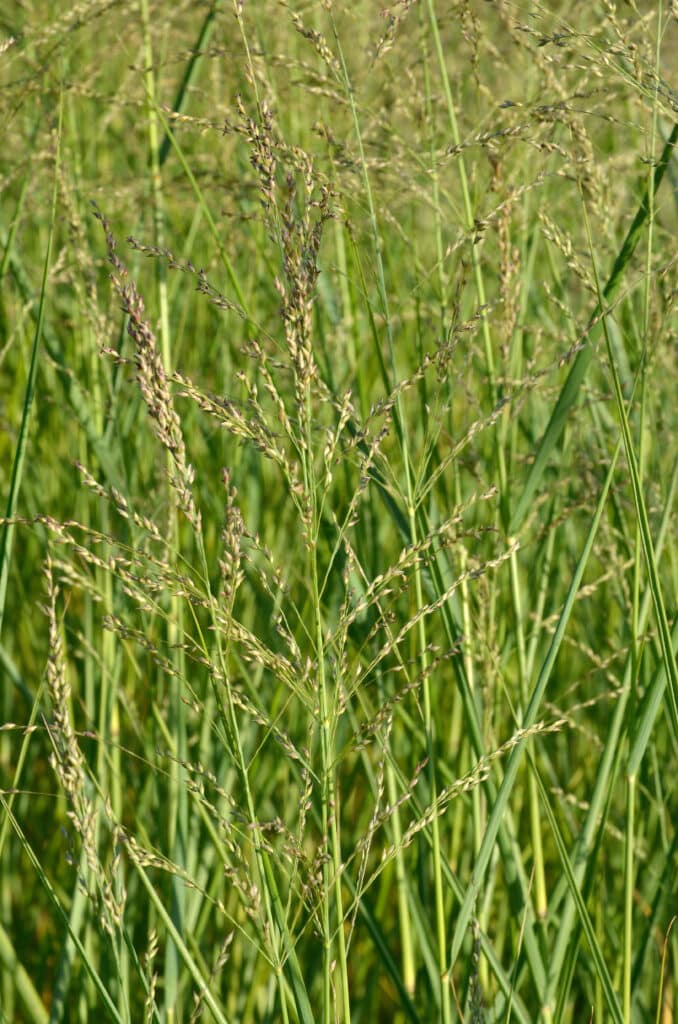
Yes. Panicum amarum is native to coastal regions of the southeastern and Gulf states of the United States, particularly thriving in sandy dunes, beaches, and coastal plains. It is a resilient native warm-season grass that plays an important role in dune stabilization and coastal restoration.
Bitter Panic Grass is known for its tall, upright, bluish-green foliage, which can reach 3 to 6 feet tall, and its fine-textured flower spikes that emerge in late summer. It is particularly noted for its salt tolerance, making it an ideal choice for coastal landscapes, dune restoration, and beachfront gardens.
This grass thrives in full sun and well-drained, sandy or poor soils, especially in dry, coastal environments. It is hardy in USDA zones 6 through 10, and once established, it is highly drought- and salt-tolerant, needing minimal care. It’s excellent for erosion control and windbreaks along shorelines.
Yes. While wind-pollinated and not a nectar source, Panicum amarum provides valuable habitat and nesting material for ground-dwelling insects, and its seeds offer food for birds and small mammals. It contributes to ecosystem health and biodiversity, particularly in coastal settings.
Yes. Bitter Panic Grass is deer-resistant, non-invasive, and very low-maintenance. It needs no fertilization, thrives on neglect, and should be cut back in late winter or early spring to encourage fresh growth. It is an ideal choice for naturalized plantings and low-water landscapes.
Our gift cards make it easy to share the beauty of plants, flowers, and all things green. Whether for a special occasion or just because, give the gift of choice and let them select their favorites to create a garden they’ll cherish.
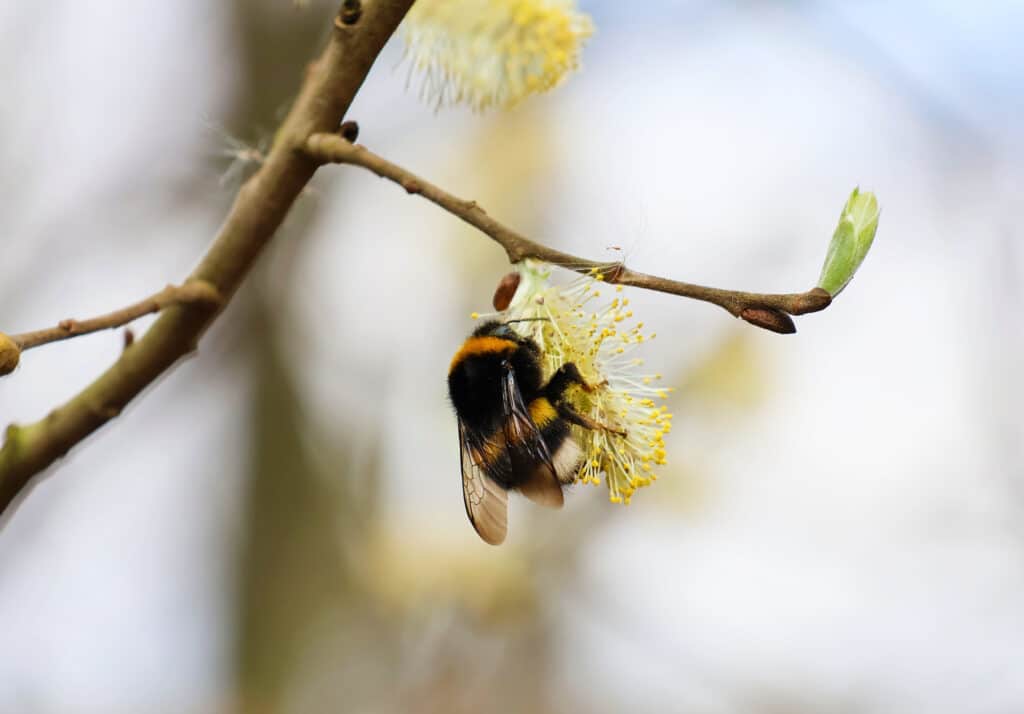
Only Local Delivery Available (Long Island & Queens)
Ground Shipping Paused
To protect our plants from extreme summer heat, we’ve paused nationwide ground shipping to avoid any damage during transit.
Local Delivery Only
We’re still delivering locally to Long Island and Queens, so nearby customers will continue to receive orders as usual.
Fall Pre-Orders Are Open Nationwide!
We will resume normal shipping for non-local orders placed during the pause in early September.
Thank you for your support and understanding—we’re looking forward to growing with you this fall!